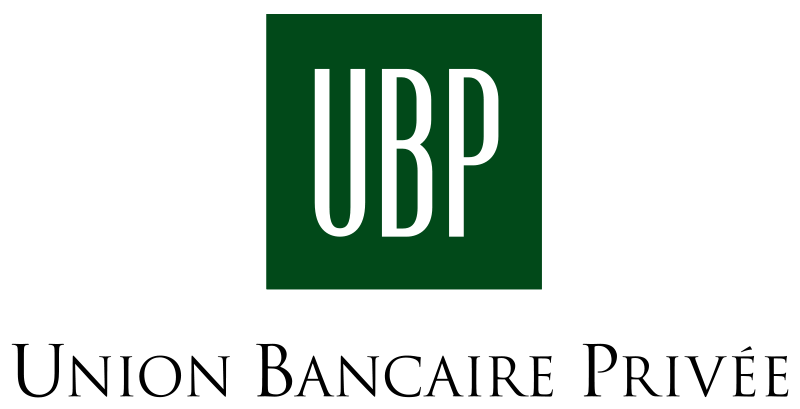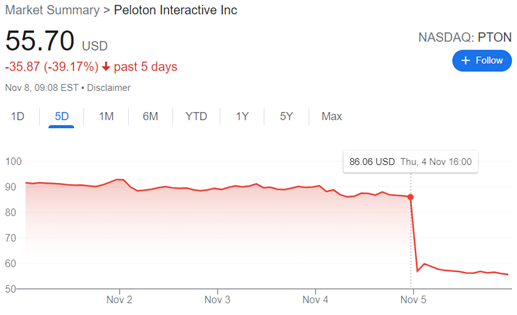Working for a Private Bank
In this article, William ANTHONY (ESSEC Business School, Global Bachelor of Business Administration, Exchange Student from the University of Bath, 2021-2022) shares his experience as a Sales & Marketing intern in a private bank.
The company
Union Bancaire Privée (UBP SA) was founded in 1969 by Edgar de Picciotto in Switzerland. With CHF 161.1 billion in assets under management, UBP is one of the largest private banks in Switzerland, as well as one of the best capitalised banks in the country. UBP specializes in the fields of wealth management on behalf of private and institutional clients. The bank’s head office is in Geneva, Switzerland, and it employs 1,827 people as of November 2021 according to LinkedIn.

My internship at UBP
In the autumn of 2018, I worked in the Sales & Marketing department of Union Bancaire Privée (UBP), London. At the private bank, I helped support a multi-national team using my command of French on a daily basis, particularly as regards frequent communication with the UBP head office in Geneva. During this time, I also developed familiarity with the commercial applicability of SalesForce and LinkedIn, which allowed me to identify and send newsletters to potential clients.
While with UBP, I also helped organise a roadshow for departmental seniors and this allowed me to meet other company managers which developed my understanding of both finance and marketing within a client facing environment.
Key concepts related to my work
The Law of Averages
The principle holds that future events are likely to occur as to balance out past deviations from an expected average. For me this was important as it related to the likelihood that my leads (potential clients) would reply to newsletters and convert into clients. It also allowed me to manage my expectations and remain positive in an environment that required a strong willingness to succeed.
Work hard, play hard
One of the benefits of working in a client-facing role was that I often met prospective clients in social settings like restaurants, bars, or conferences. This was a fantastic biproduct of the team I worked with, which allowed me to learn more about the industry in a more informal manner. It also allowed me to witness first-hand the connections that I created between the bank and prospective clients. On a sidenote, all bills were also expensed to UBP which made the whole ordeal rather merry.
Money
“Happiness is not in the mere possession of money; it lies in the joy of achievement, in the thrill of creative effort.” The quote by Franklin D. Roosevelt really echoes with me as through multiple internships and work placements, I’ve learnt that the people you work with and the genuine appreciation for the job you’re doing outweighs the benefits of a higher salary in worse conditions. From cleaning out storage rooms to drinking with clients at the Ritz, the enjoyment and passion for one’s work and comradery between colleagues affects my work ethic and drive to succeed. Money can rarely be the ultimate objective, it is a biproduct of a passion and acts as compensation for your time and expertise.
Related posts on the SimTrade blog
▶ All posts about Professional experience
▶ Jain A. My internship experience at Deloitte
Useful resources
About the author
The article was written in November 2021 by William ANTHONY (ESSEC Business School, Global Bachelor of Business Administration, Exchange Student from the University of Bath, 2021-2022).



